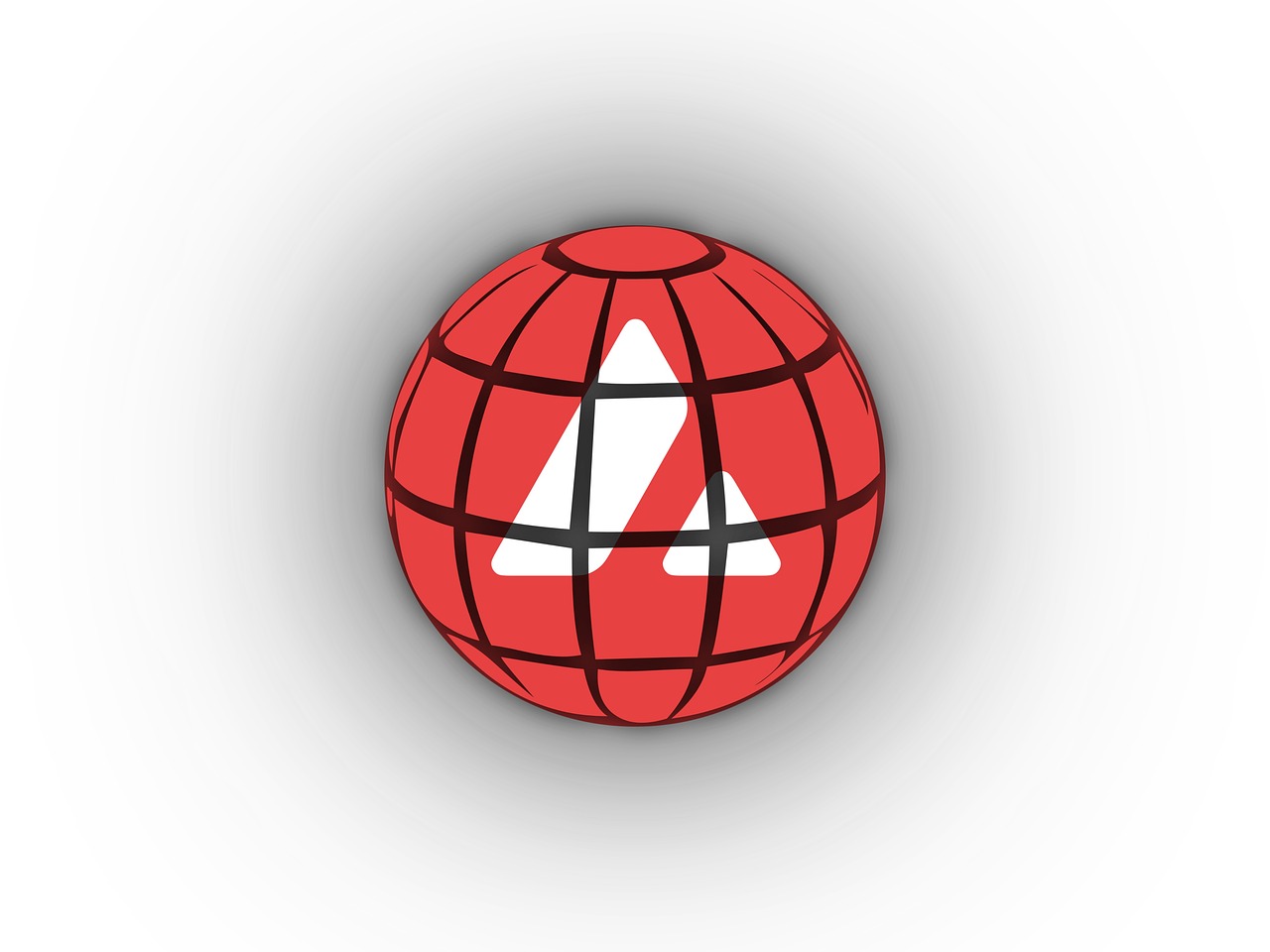
Cardano and Solana: A Deep Dive into 2024’s Blockchain Rivals
- In the crypto arena of 2024, the battle between Cardano (ADA) and Solana (SOL) unfolds, showcasing distinct philosophies, consensus mechanisms, and market metrics.
- While Cardano emphasizes a scientific approach, Solana positions itself for efficiency, leading to a clash marked by market cap disparities, transaction fees, and unique consensus mechanisms.
Cardano (ADA) and Solana (SOL), two heavyweight contenders in the blockchain arena, are captivating the crypto community with their unique features and functionalities. As we step into 2024, the battle for supremacy between these proof-of-stake coins intensifies. In this clash of titans, we explore the key distinctions that set Cardano and Solana apart.
Cardano’s Scientific Embrace vs Solana’s Efficiency Drive
Philosophy and Goals
Cardano follows a scientific approach, emphasizing sustainability, security, and interoperability. Its research-intensive nature ensures meticulous peer-review processes for each protocol and feature, setting it apart in the realm of academic-driven blockchains.
On the flip side, Solana gears its ambitions towards efficiency, boasting high transaction throughput and low fees. Developers favor Solana for decentralized applications (dApps) due to its commitment to swift and cost-effective transactions.
Consensus Mechanisms: Ouroboros PoS vs Proof-of-History and PoS
Cardano’s Ouroboros vs Solana’s Dual Consensus
While both employ proof-of-stake, Solana distinguishes itself by incorporating proof-of-history (PoH) alongside PoS. This dual mechanism significantly enhances Solana’s scalability. PoH efficiently verifies previous transactions, minimizing data storage requirements and boosting the blockchain’s ability to scale.
Market Metrics: Market Cap and Total-Value Locked (TVL)
Market Capitalization and Adoption
In January 2024, Cardano’s market cap stood at $16.5 billion, while Solana surged ahead with an impressive $35 billion. Larger market caps often indicate reduced volatility. Additionally, Solana’s Total-Value Locked (TVL) soared to $1.9 billion, surpassing Cardano’s $328 million, signifying higher adoption.
Price Action: Transaction Fees and Programming Languages
Economic Transactions and Language Preferences
Solana boasts ultra-low transaction fees at around $0.00015, whereas Cardano charges a relatively higher fee of approximately $0.25. Both, however, present a stark contrast to the fees incurred on Ethereum and Bitcoin.
Furthermore, Solana communicates with developers in Rust, while Cardano utilizes Plutus as its native smart contract language. Both ecosystems seamlessly integrate with the Web3 adoption wave, adding versatility to their appeal.
Cardano’s Dual-Layer Architecture vs Solana’s High Throughput Design
Cardano, conceived in 2017 by Charles Hoskinson, distinguishes itself with a dual-layer structure – the Cardano Settlement Layer (CSL) and the Cardano Computation Layer (CCL). CSL focuses on cryptocurrency transactions, while CCL executes smart contracts, providing agility and adaptability to the network.
Launched in 2020 by Anatoly Yakovenko, Solana positions itself as a leader in decentralized applications. Solana’s whitepaper underscores its efficiency by sequencing user messages for optimal processing, maximizing throughput.
As we navigate the dynamic landscape of blockchain technology, the choice between Cardano and Solana hinges on individual priorities, whether it be scientific rigor, efficiency, or scalability. The crypto duel of 2024 continues to unfold, offering enthusiasts a front-row seat to witness the evolution of these two exceptional blockchain networks.


